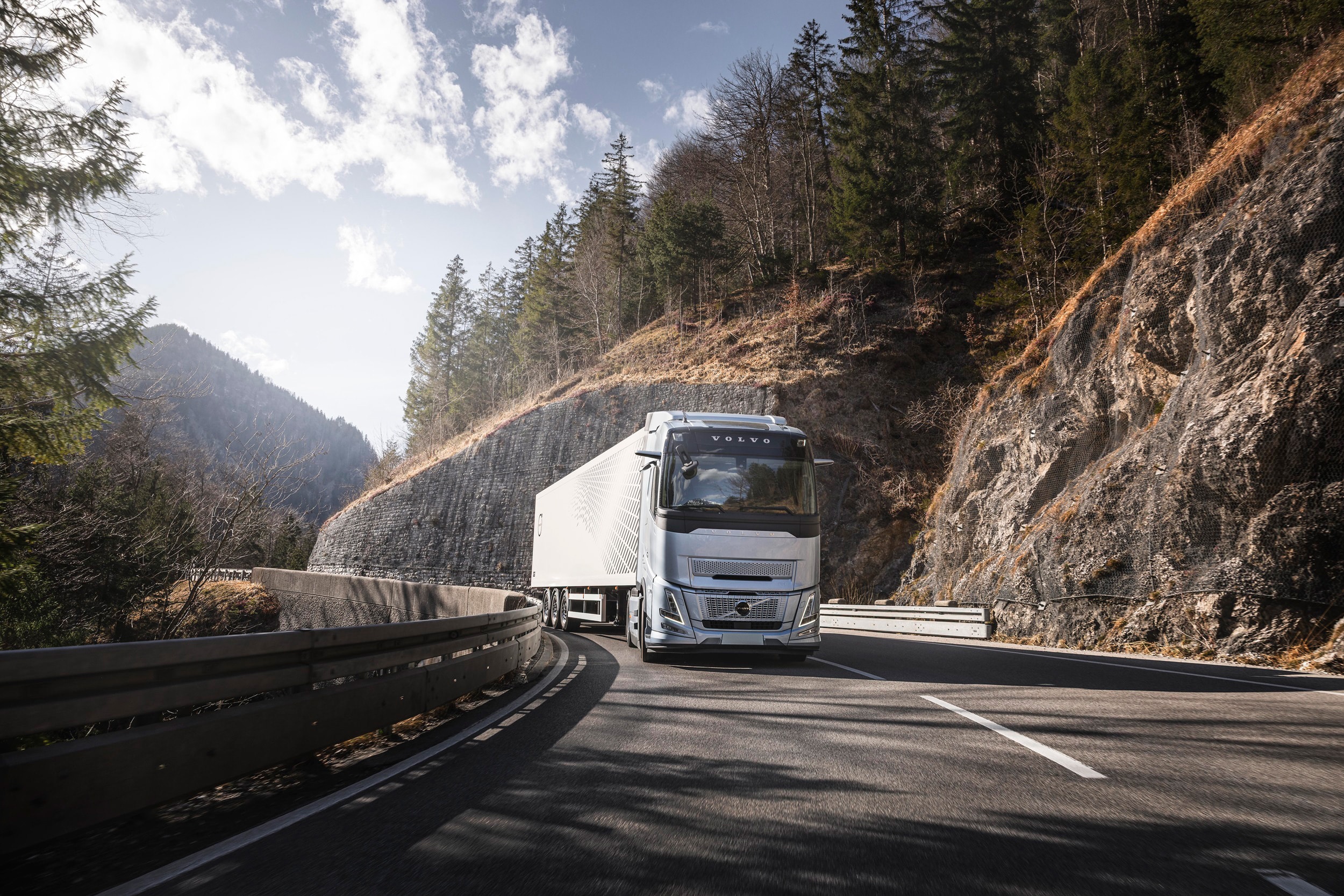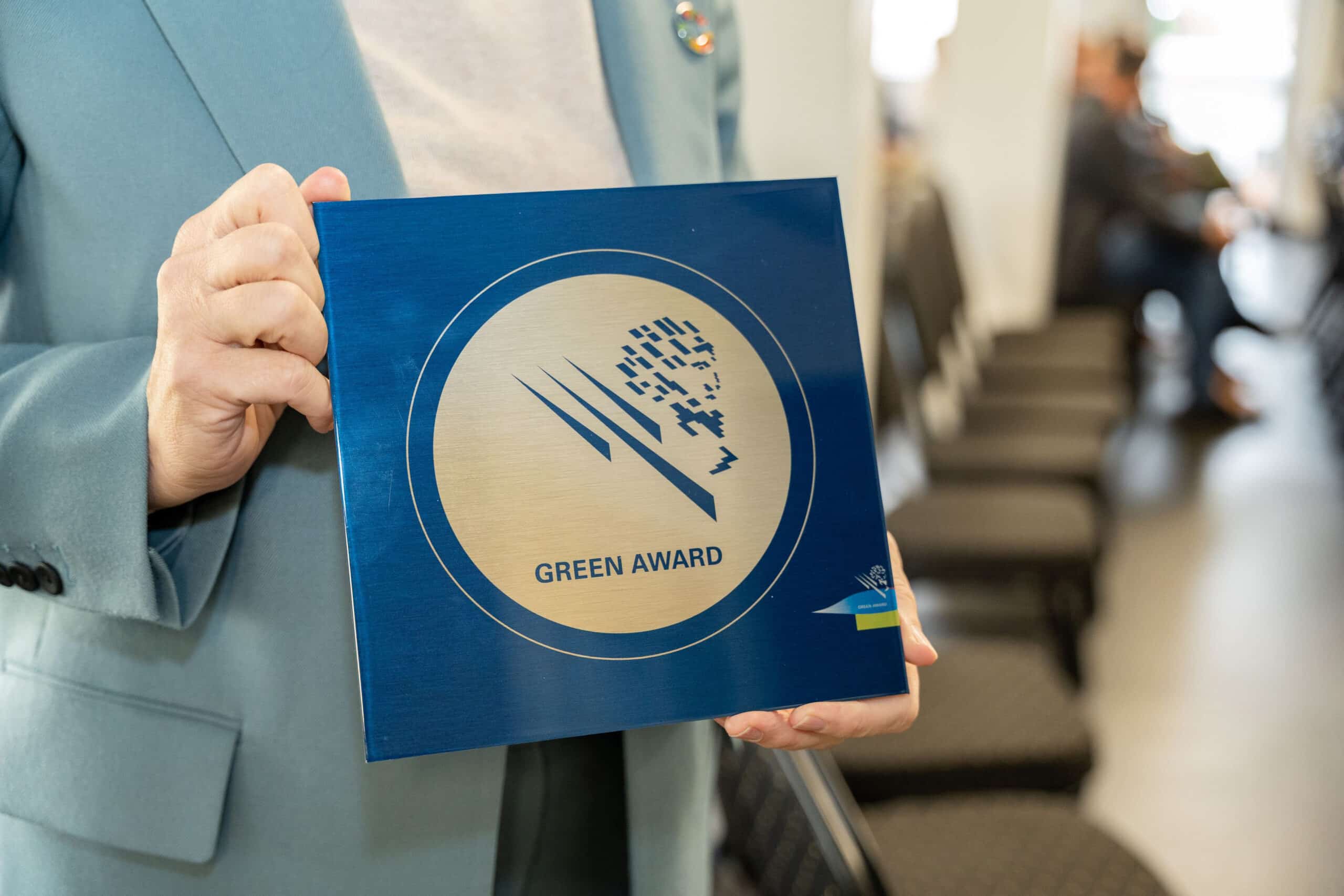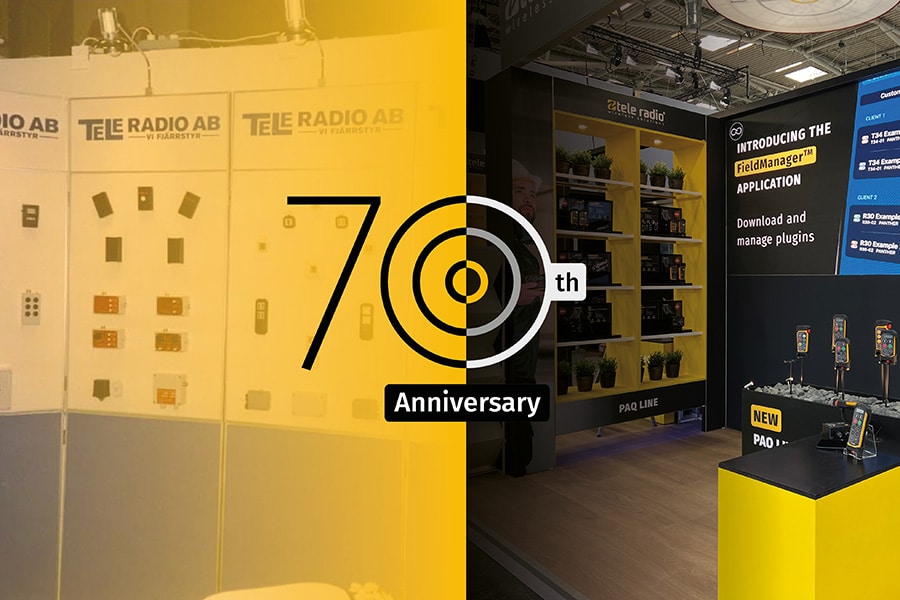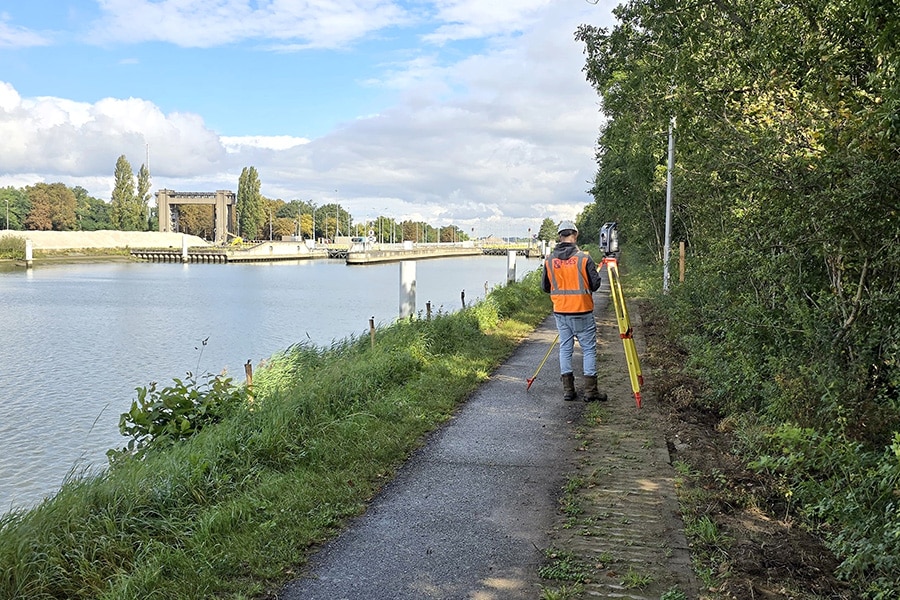
Continuous monitoring of vibrations and deformations during widening of Juliana canal
Certainty and safety above all else. And so the widening and deepening of the Juliana Canal in Limburg involves almost continuous monitoring for vibrations and deformations. Construction damage expertise and consulting firm Fides Expertise was asked to carry out the measurements. Fred Pannekoek, monitoring expert, explains why everyone benefits from this care.
Fides' expertise and experience comes in handy with the work in the Juliana Canal. The project is different than usual which again makes it challenging for the consultancy. "Usually it concerns mainly buildings what we monitor," Fred explains. "Here, however, we are monitoring the lock complex, the abutments of the bridges over the Juliana Canal, the temporary dam and the houses along the Juliana Canal. Van den Herik-Sliedrecht has chosen to monitor everything as a precaution so as not to take any risks." Incidentally, Fides Expertise is doing this in close cooperation with MOS Grondmechanica where they have continuous coordination with Van den Herik. "Our role is to ensure that all measurements are correct. MOS is responsible for interpreting the data. It's a very nice cooperation."
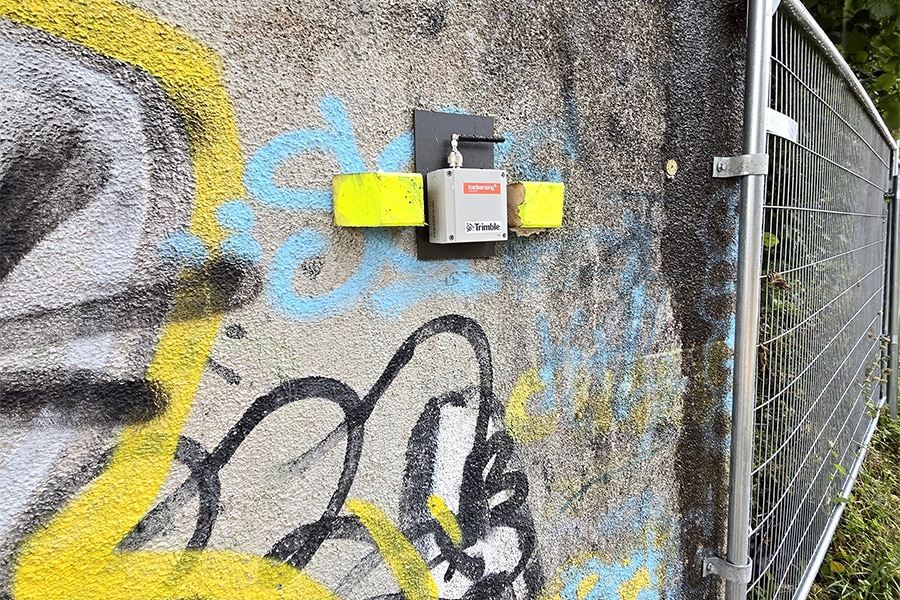
Monitoring contractor
Fides Expertise specializes in monitoring influences of construction, demolition and infrastructure projects to prevent damage and nuisance. Think of noise, vibrations and deformations. Fred: "We sometimes call ourselves monitoring contractors. We also do construction inspections and risk assessments and draw up monitoring plans, among other things. In fact, everything you want and can put into monitoring, we do. The goal is to control the construction project. We are doing more and more complex projects like the renovation of the Binnenhof in The Hague and the quay repair in the inner city of Utrecht."
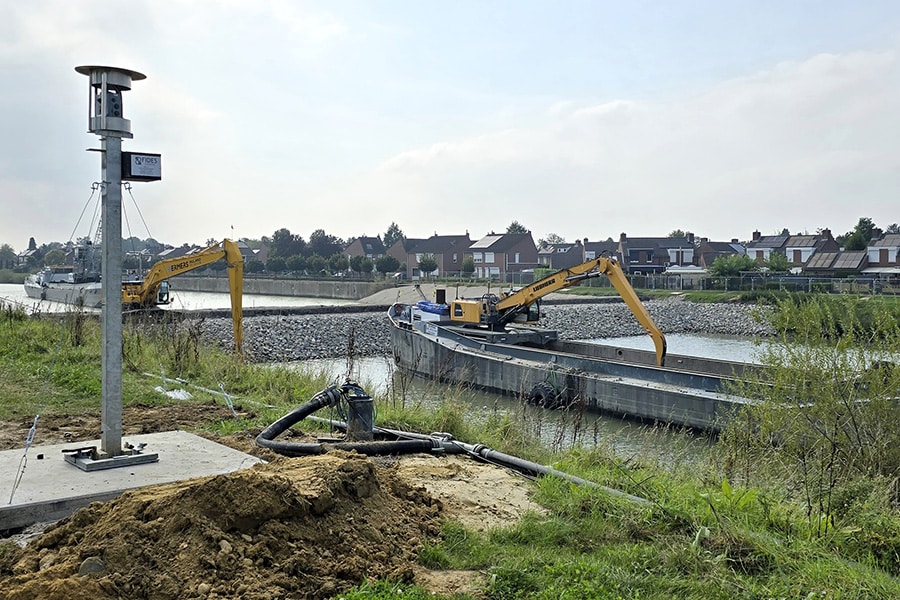
Tilting sensors on the dike
On the dike, monitoring was particularly done during the pumping out of the canal. In the preliminary phase, MOS identified positions in the dike where there was water in the dike. This was monitored during the work. "The moment you pump out the canal and there is water in dike, this can cause dike failure if the pumping out goes too fast," Fred explains. "This is obviously not desirable. A measurement was taken on the dike and at the lock complex at every meter of water lowering. At the abutments, we also mounted tilt sensors to signal possible misalignment. The tilt sensors have an automatic alarm, so the moment anything shifts or tilts, we get an immediate notification." These tilt sensors proved extremely accurate in practice. A number of times the alarms went off. "Not because of impending subsidence of the abutments, but because of the expansion of the concrete of the abutments under the influence of the sun. So the deformation was temperature related."
Incline measurements at the abutments
At the abutments, Fides performed inclinometer measurements. By monitoring so-called inclino tubes, a picture of the horizontal deformations of the subsoil is formed. "Suppose the abutments are subsiding during the emptying process, even if it is very minimal, we detect this at an early stage. In this way the pumping can be stopped immediately in order to take the necessary measures. In practice, however, this has not been an issue. A lot of thought went into controlling the process. You don't want to run the risk that there is already so much deformation that the bridge has to be closed in a bad scenario."
Continuous monitoring at the dam
For the temporary dam, Fides conducted a similar monitoring process as for the abutments. Fred: "The dam is so heavily dimensioned that in theory nothing can happen to it. But Van den Herik opted for extra security and safety, because many people are working behind the dam in the cofferdam. We installed measuring points in and on the dam where we then placed a robotic total station (RTS). This allows us to measure 24/7. The accuracy of the device is 0.5 seconds (there is no more accurate), practically speaking we achieve an accuracy of a few tenths of a millimeter. If the dam moves even a tiny bit, we see it immediately."
Precautions at homes
Extreme care was also taken at the various homes along the Juliana Canal. "There were concerns among local residents about subsidence. That is why we carried out a zero measurement prior to the work. Architectural recordings (pre-photographs) were also made of the homes where we recorded any visually detectable defects. And during the machine work, vibration measurements were taken at a number of homes."
Collaboration
When asked what makes this project special, Fred replies, "Especially the good cooperation with Van den Herik and MOS Grondmechanica is special as far as I'm concerned. We have very short lines of communication, partly thanks to our special Whatsapp group. As soon as we spotted anything, we could immediately contact each other. The mutual communication runs smoothly and all risks are taken seriously and highly anticipated by Van den Herik. We see such cooperation more and more in practice."

